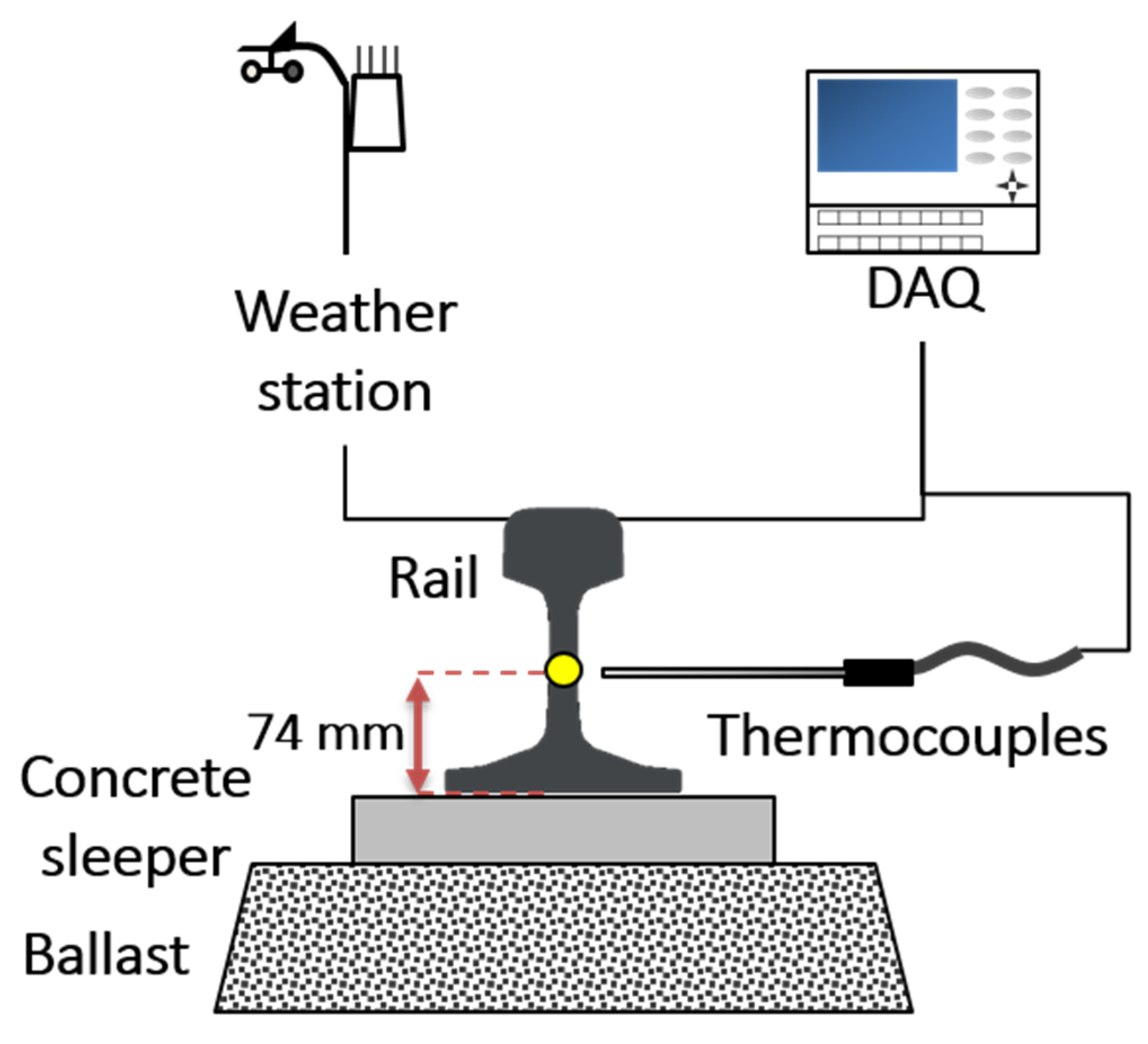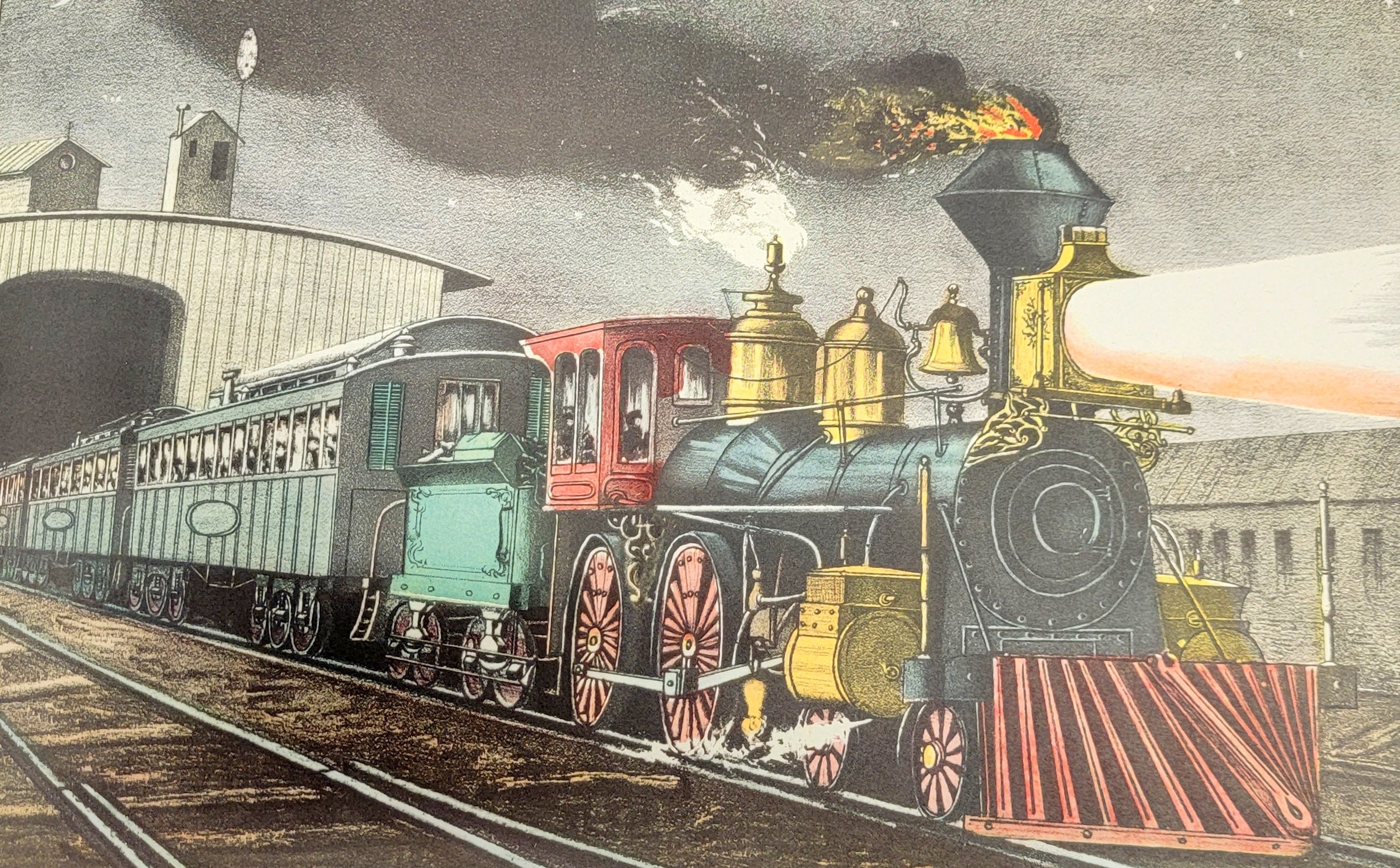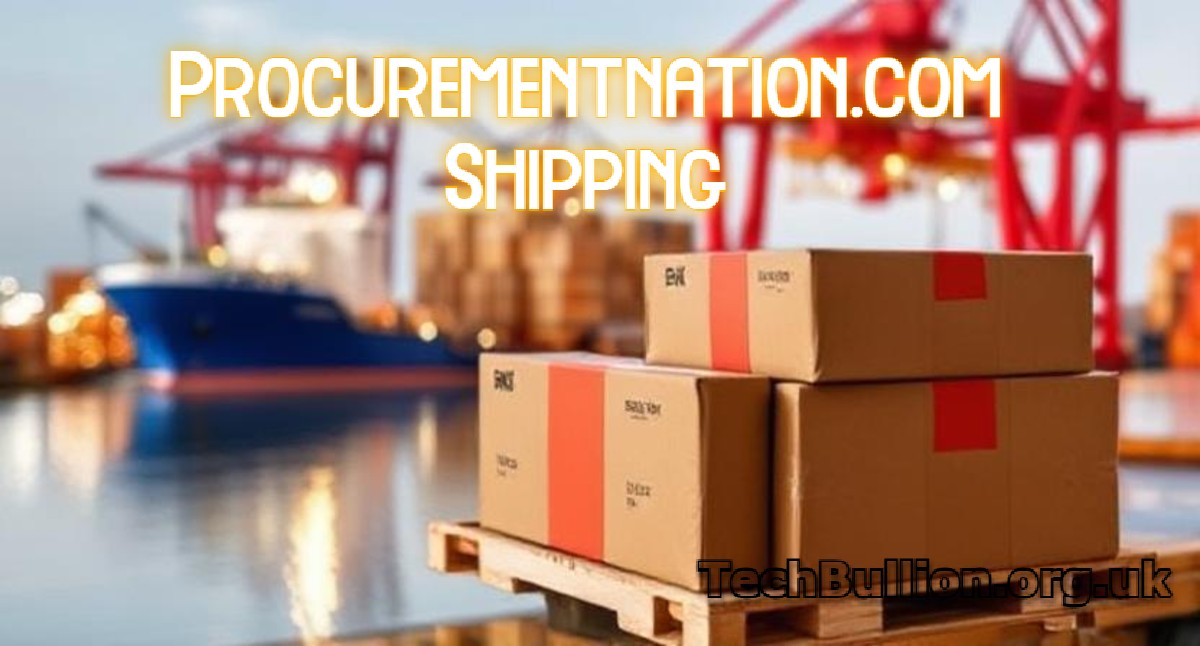Did Trains Leave the Hurricane Path Early? There is a much-debated question in terms of ensuring passengers, employees, and infrastructure safety with extreme weather events. Hurricanes are powerful forces of nature that require immediate and decisive action from all transportation systems. In this article, we will know how rail systems prepare for hurricanes and whether the trains go out of the hurricane’s path early. We will analyze how the risk mitigation protocols reduce the risks of storm events.
Understanding the Risks: Hurricanes and Their Impact on Railways
Hurricanes are very destructive to infrastructure, especially rail systems. The strong winds, heavy rainfall, and storm surges associated with hurricanes can cause severe damage to railway tracks, signals, and stations. This risk needs to be understood to assess whether trains leave the hurricane path early.
1. The Power of a Hurricane
Hurricanes are intense tropical storms with wind speeds above 155 mph (250 km/h). The combination of wind, rain, and flooding may lead to track washouts, damage to the signaling system, and even derailment. It poses a huge threat to trains and people on board, and therefore evacuation and preventive measures must be taken as early as possible.
2. Storm Surges and Flooding
Flooding is one of the biggest dangers to rail systems mainly because hurricanes come with it. What is sometimes called a storm surge, that is, an abnormal water rise in the hurricane itself can submerge tracks or even wash away sections of the railways. Thus, rail companies need to be constantly monitoring the progress of the storm and act before the worst is over.
The Role of Weather Forecasting in Rail Safety

To determine did trains leave the hurricane path early, one needs to know the role of weather forecasting in rail safety. If accurate and prompt forecasts are provided, the rail companies get the chance to plan and evacuate or reroute their trains to safer locations in time before the storm strikes.
1. National Weather Service Alerts
The NWS gives America advanced hurricane warnings. Such a thing would range from projected paths, and intensity to the estimated hour of landfall. All this puts a rail service operator in a position to know how bad the hurricane will be, influencing their decision either to shut or not shut their rail service in these areas.
2. Rail company monitoring systems
Modern rail companies use advanced monitoring systems to monitor the weather. With real-time data, operators can choose to reroute trains, delay services, or shut down operations instantly.
How Rail Systems React To Hurricanes
Railways also have procedures for hurricane weather conditions. Such procedures are based on conditions that will cause derailment of train wagons or cause accidents during hurricanes and thereby divert or suspend trains.
1. Pre-hurricane preparation
Pre-hurricane, most railway service operators plan. In the course of the preparations are identifying weaker routes and appraising the storm’s resilience within the infrastructure or alerting passengers concerning potential service intermitting actions. The actual action taken most times is along these lines.
- Some routes close to the projected path that the storm was expected to make;
- Announce that some of the train services had been either canceled or changed in schedule.
- Route the trains through flood-prone and high-wind areas.
2. Shutdown Procedures in Emergency Situations
If it is a very powerful hurricane, rail operators stop all trains in the region. This would mean stopping train services in that particular region and ensuring that no train is caught up in the path of the storm. Trains can be taken off the track and kept safe in other places far from flood-prone areas.
Did Trains Leave the Hurricane Path Early? Evidence from Past Events

Now, to explain better whether the trains leave the hurricane path earlier, let’s go through some examples from previous hurricane seasons on when rail companies were compelled to take action.
1. Hurricane Katrina (2005)
One of the most destructive hurricanes in U.S. history is Hurricane Katrina. It happened on the Gulf Coast in 2005. From the aftermath, it appeared that rail systems, like other infrastructures, were severely affected. This event includes:
- All the major trains in the threatened area had already been halted before the arrival of the storm on land.
- Amtrak, a passenger train, suspended its operations and diverted a few trains based on its needs.
2. Hurricane Sandy (2012)
Hurricane Sandy of 2012 had massive impacts on the rail operation on the East Coast. New York’s Metropolitan Transportation Authority decided to suspend all subways, commuter, and regional rail services in preparation for the storm.
- Train were de-railed and kept in safety.
- Emergency response teams were dispatched to assess the damage and to regain the services as soon as the storm was over
Both these examples depict how rail companies prepare themselves in advance to save the infrastructure and the commuters.
Hurricane Preparation: Training and Procedures for Train Conductors
Employees and railway staff are trained under extreme conditions like hurricanes. These protocols set guidelines so that the train operators know what to do in advance of an approaching storm.
1. Employee Security
1 of the biggest concerns for rail systems during hurricane storms is employee security. Employees are trained to move away from areas that may flood and to keep trains in safe positions.
2. Communication Systems
Communication is important during a hurricane. Rail companies have efficient systems for communication in which clear instructions are delivered to staff, train operators, and passengers. Such systems include:
- Real-time weather reports.
- Emergency evacuation plan.
- Collaboration with the local authority and emergency agencies.
Post-Hurricane Recovery and Rail Restoration

Immediately after the hurricane, rail companies will determine the damage that has occurred and reinitiate their services. This is a very important step in making sure that the trains return in good time and also ensuring that people are safe to travel.
1. Damage Inspection
Rail companies will deploy inspection teams to survey tracks and infrastructures. They check for any kind of washout, downed trees, or signal damage. Upon determination that infrastructures are safe, services are reinitiated.
2. Restoration of Tracks
In general, repairs are done immediately after the storm. In damaged areas, temporary measures can be used to restore partial services and thus speed up the recovery.
3. Passenger Assistance
During recovery, rail companies generally assist the affected passengers of the disruption. Such assistance can be in the form of a refund, rebooking services, or provision of alternatives.
Rail Safety Technologies: Reducing the Likelihood of Disruption
Technological advancements have enabled rail systems to be more effective and resilient towards extreme weather, such as hurricanes. These help train operators decide faster and notify the public instantly about potential hazards.
1. Advanced Weather Radar Systems
Rail companies have incorporated radar systems into their operations, tracking the weather conditions in advance and delivering real-time data on potential hazards. This advancement in technology helps the operator better predict the hurricane track in time for action.
2. Track Monitoring Technologies
Modern track monitoring systems can identify damage from weather conditions. Modern systems utilize sensors to identify defects such as deformation in the track, which can also help prevent derailment and accidents.
3. Automated Train Rerouting System
The train schedule and route can be changed almost immediately when real-time data regarding the storm is available. This is essential because, before the onset of the storm, it will have been moved from dangerous areas.
Conclusion: The Importance of Early Action
Advanced preparation and protocols are what can help answer whether the trains left the hurricane path early. The rail companies, such as Amtrak and regional providers, make all necessary arrangements long before a hurricane hits the place. These preparations depend on reliable weather forecasts, the use of high technologies, and an overall well-structured emergency plan to secure passengers and staff.
Hurricanes do bring a lot of danger to the rail systems, and this industry has taken the lead rapidly in readiness, safety, and recovery measures. The early steps of suspension of service and train rerouting are considered crucial factors to minimize impacts on rail systems, passengers, and surrounding communities due to the storm. The better these processes are understood, the more passengers can have confidence that the rail operators are doing everything they can to reduce the effects of hurricanes.











